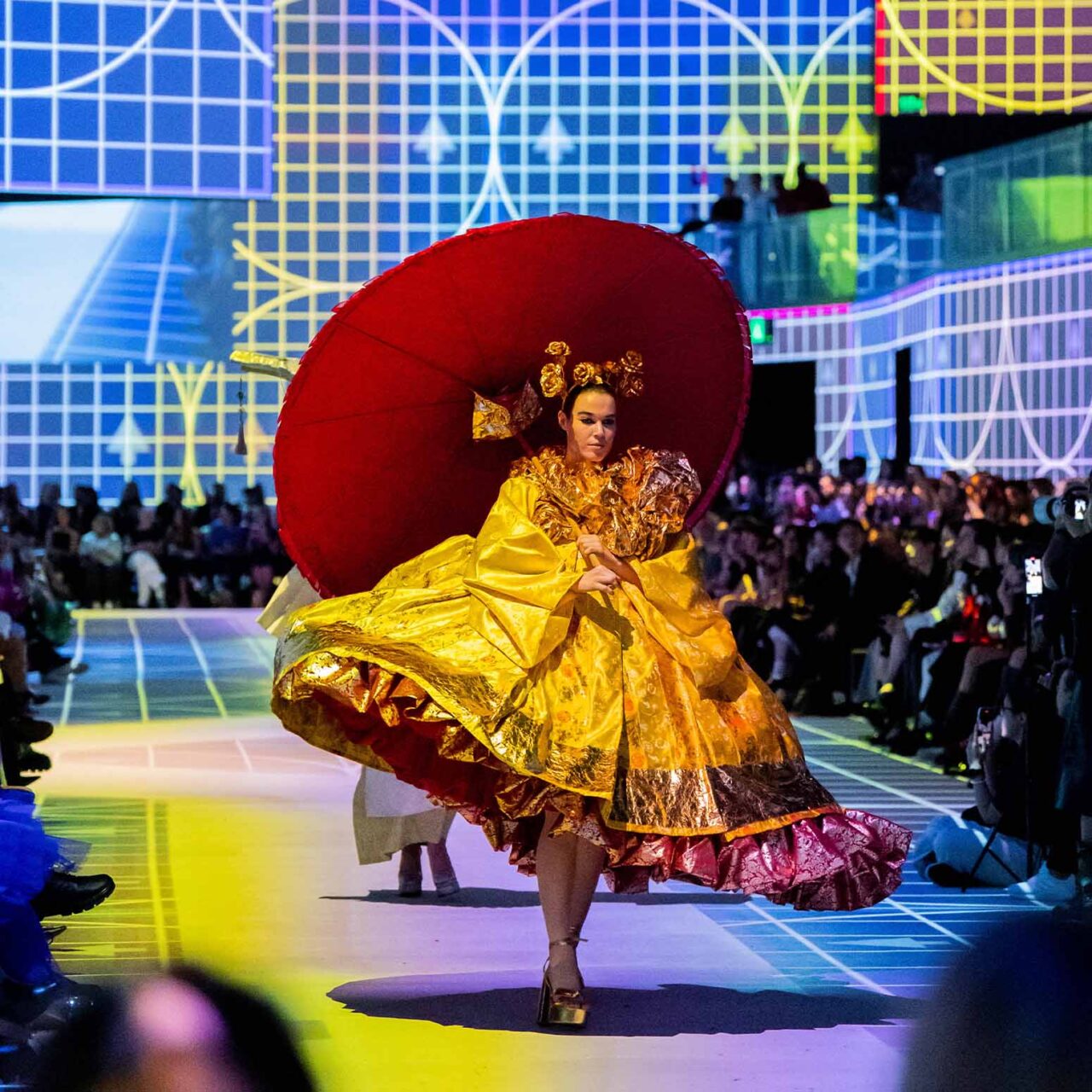
Fashion Schools
RMIT School of Fashion and Textiles
RMIT is globally recognised for developing fashion practitioners with highly-regarded technical, creative and research capabilities.
RMIT’s approach to teaching fashion design seeks to imagine future commercial contexts, create ethical design propositions, and use cross-disciplinary design strategies to drive global and competitive fashion design practices. Graduates create independent and niche practices, work in leading commercial, luxury and emerging contemporary brands, and go on to establish independent and collaborative research practices and enterprises famed for challenging and directional approaches to fashion.
Students
 finalist
finalistFlora Bellemo
The collection ‘Ephemeral Perils’ explores how people are drawn towards short-term payoffs and bandaid solutions when faced with human-induced climate change. Designs draw subtle inspiration from human anatomy, coupled with the flamboyant and hedonistic nature of Rococo fashion to reflect our unserious, dysfunctional attitudes towards humanity’s perilous fate.
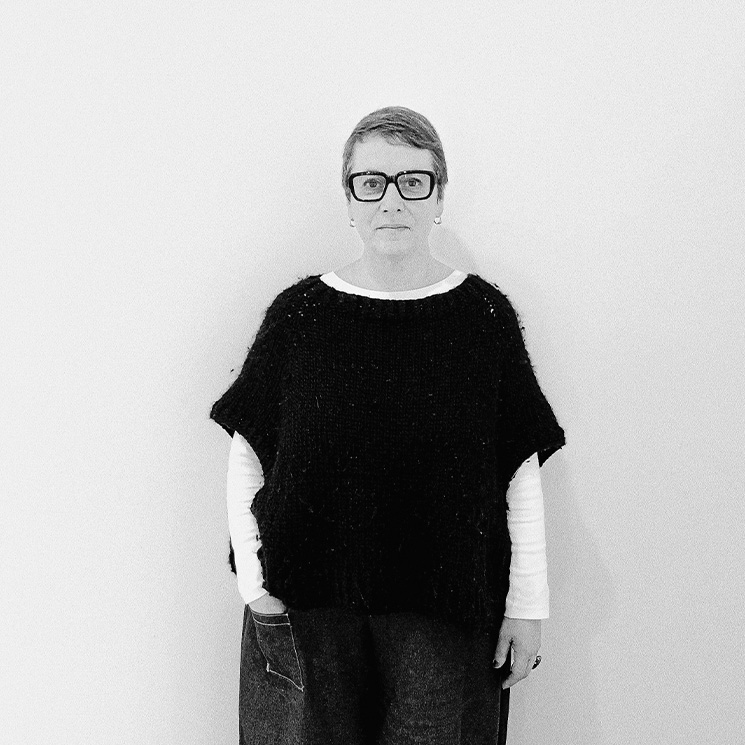 finalist
finalistHelen Manuell
‘A Slow Mindset’ is crafted largely from thrifted and stashed materials, manipulated through old school techniques like crochet, weaving and knitting. Every garment was created using a zero-waste process without the use of a sewing machine or dressmaking scissors. The colour palette was inspired by the work of First Nations painter, Emily Kam Kngwarray.
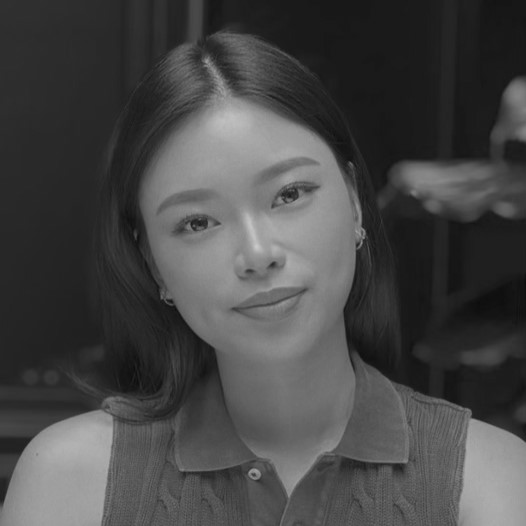 finalist
finalistJessica Micheline Pangestu
‘Threads of Identity’ draws on the designer’s heritage, blending the intricate traditions of Chinese Indonesian culture with the boldness of Western fashion. Each design tells a story of struggle, triumph, and the beauty of togetherness in order to challenge stereotypes and foster unity.

Zain Bleed
This collection explores the beauty and power of trans women and trans people as a whole. Drawing inspiration from the designer’s childhood sheep toy and linking these fond memories to the metaphorical concept of ‘sheep’ blindly following the crowd, it reflects on the gender binary and its relationship to social conditioning.

Eshika Chhabra
Inspired by interlocking snake scales and the ritual of shedding past selves, ‘Second Skin’ explores the concept of duality. Contrasting materials combine to push the boundaries of materiality and experiment with unexpected juxtapositions. Each design is elevated by interactive elements, an emphasis on movement, and a sense of ritualistic transformation.

Iris Christke
Drawing inspiration from 16th century European Armour, ‘The Joust’ speaks to the evolution of armour in response to the development of stronger weapons. The collection brings these historical forms into a contemporary context, where protection becomes less about physical threats and more about emotional barriers.

Myles Dickman
This collection sits within the unresolved space between restraint and release, holding space for pause rather than seeking solutions. It quietly interrogates masculinity and speaks to a flickering desire for expression before it is stifled. Tension created within the designs explores what happens when the male body attempts to lean towards softness.

Ineska Harrison
‘Control Alt Consume’ speaks to the overwhelming nature of the digital landscape, creating a loss in our sense of self and reality. Advanced fabrication techniques combine with traditional craftsmanship, lending an experimental feel to ’60s mod silhouettes and creating garments that resemble artefacts of an alternate timeline.

Stephanie Hookey
Inspired by a childhood doll affectionately nicknamed ‘Cocaine Barbie’, this collection speaks to themes of elegance and imperfection. ‘Girly Girl Grown Up’ embraces the tacky, kitsch and humorous side of fashion in order to spark curiosity and delight. Escapism, fun and playfulness are encouraged as acts of empowerment within patriarchy.
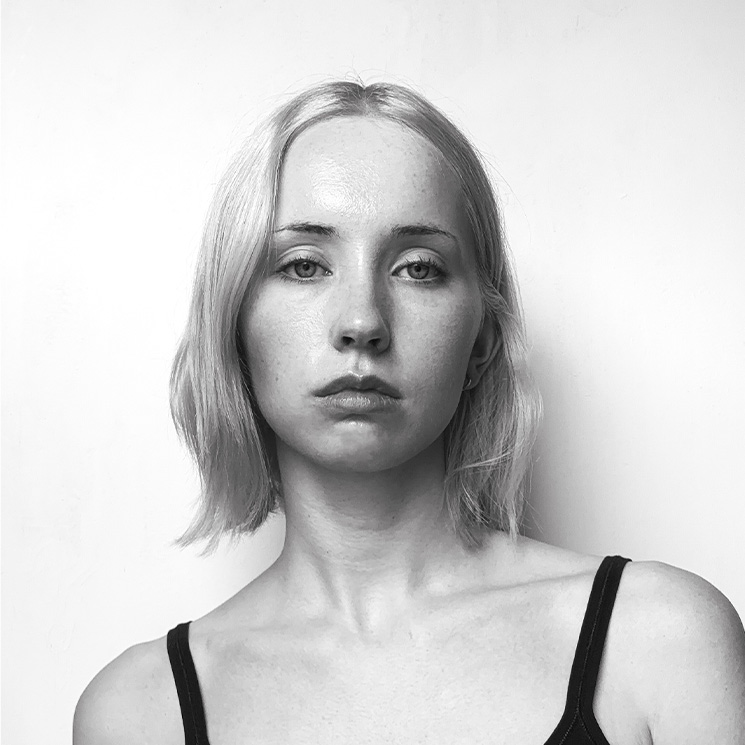
Jasmin Lee Carver
‘To Be Stationary’ transforms mundane office supplies into wearable womenswear pieces. It draws on the designer’s fear of creative stagnation by reimagining workplace environments through an imaginative, childlike lens. The collection raises questions around anxiety, artistic freedom, restrictive professionalism, and the transformative nature of artistic interpretation.
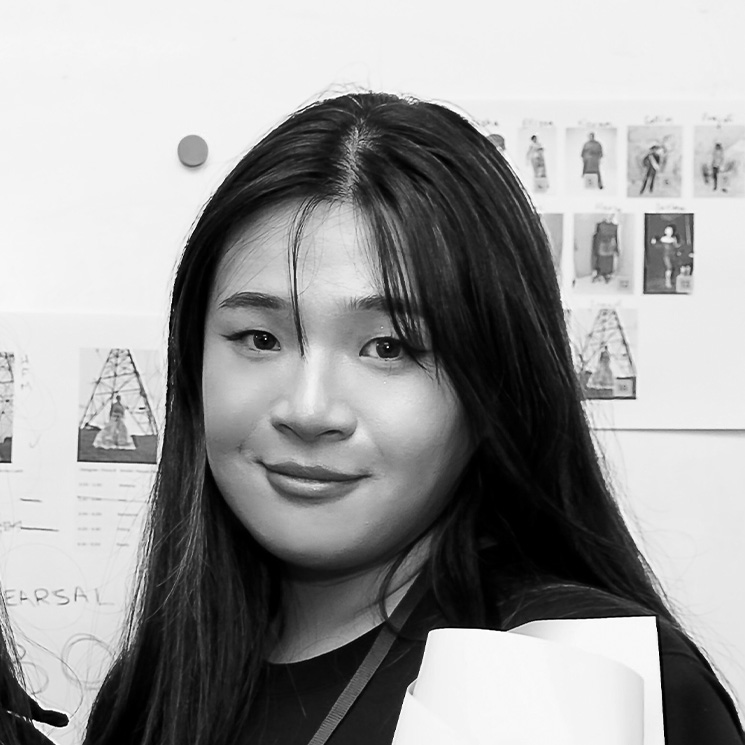
Aiden Lim
‘Student Collection’ is a co-ed collection containing both menswear and womenswear designs. It honours the designer’s own four-year student experience, and argues that designers do not need a persona or customer profile and can instead focus solely on the act of designing.

Zachary Millen-Sigley
Primarily focused on violence as an external force that is created, enacted and experienced, ‘Toy Soldiers’ speaks to the designer’s upbringing next to a naval base. It’s interwoven with reflection on experiences of sexual violence, the implicit violence of anti-queerness, and acts of global violence in an increasingly militaristic world.

Siena Pidd
‘He Wears Femininity’ represents men embracing femininity while still presenting themselves as empowered, strong and masculine. The collection explores masculine archetypes and how they’re challenged by feminine dress, creating a world in which hypermasculine men are able to freely explore their own femininity and inner beauty.
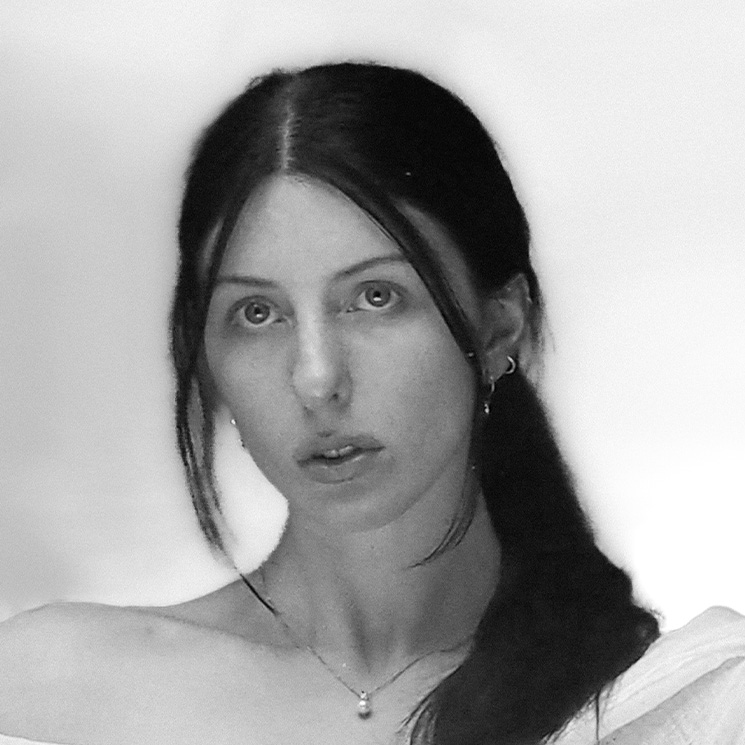
Tilly Rice
‘Cordelette’ is a study of motion, drawing on creative choices that both enhance and restrict motion. These concepts are explored through the lens of actions like dancing and climbing that challenge and suspend the body. Garments are accompanied by wooden artefact accessories and platform footwear to enhance these illusions.
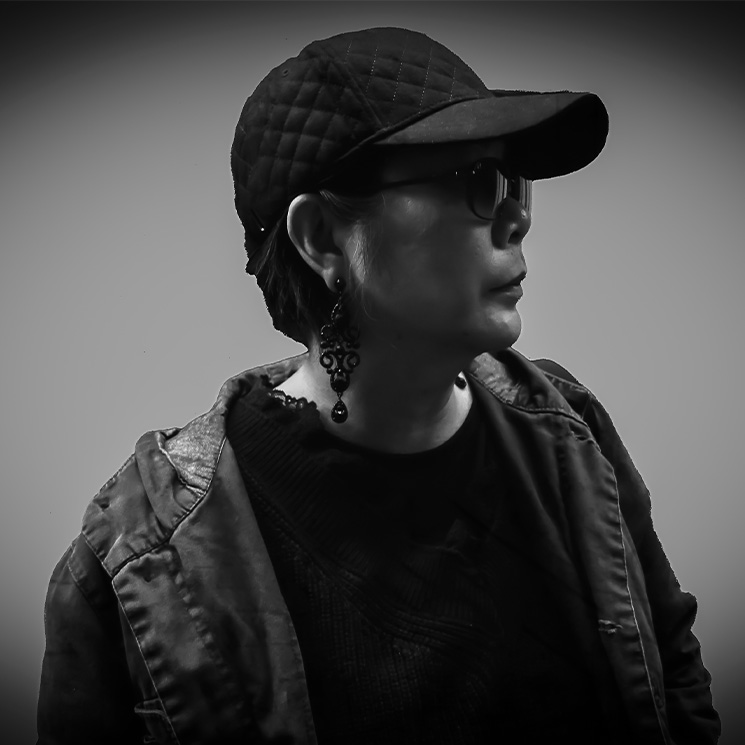
Fay Russell
Inspired by the fluid movement and complex structure of jellyfish, ‘To Be Continued’ combines the worlds of Old Hollywood, marine biology, and Han and Greek drapery traditions. The minimalist yet texturally layered designs feature silhouettes that follow the movement of the body and fabric, rather than traditionally imposed pattern rules.